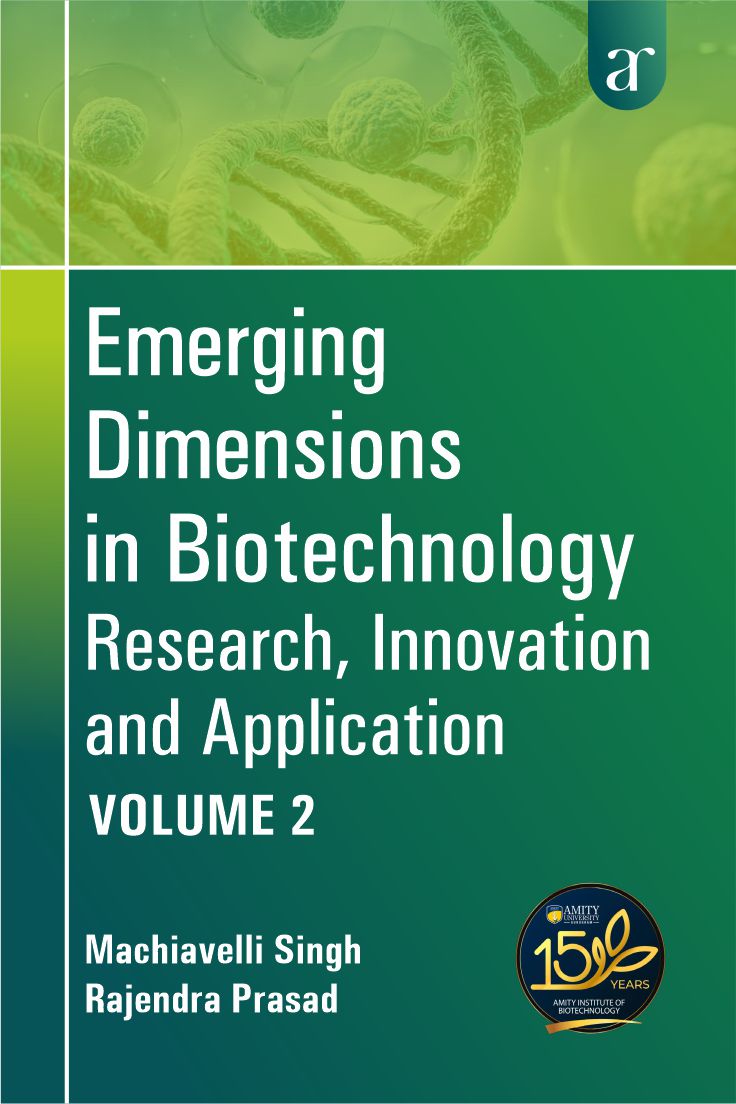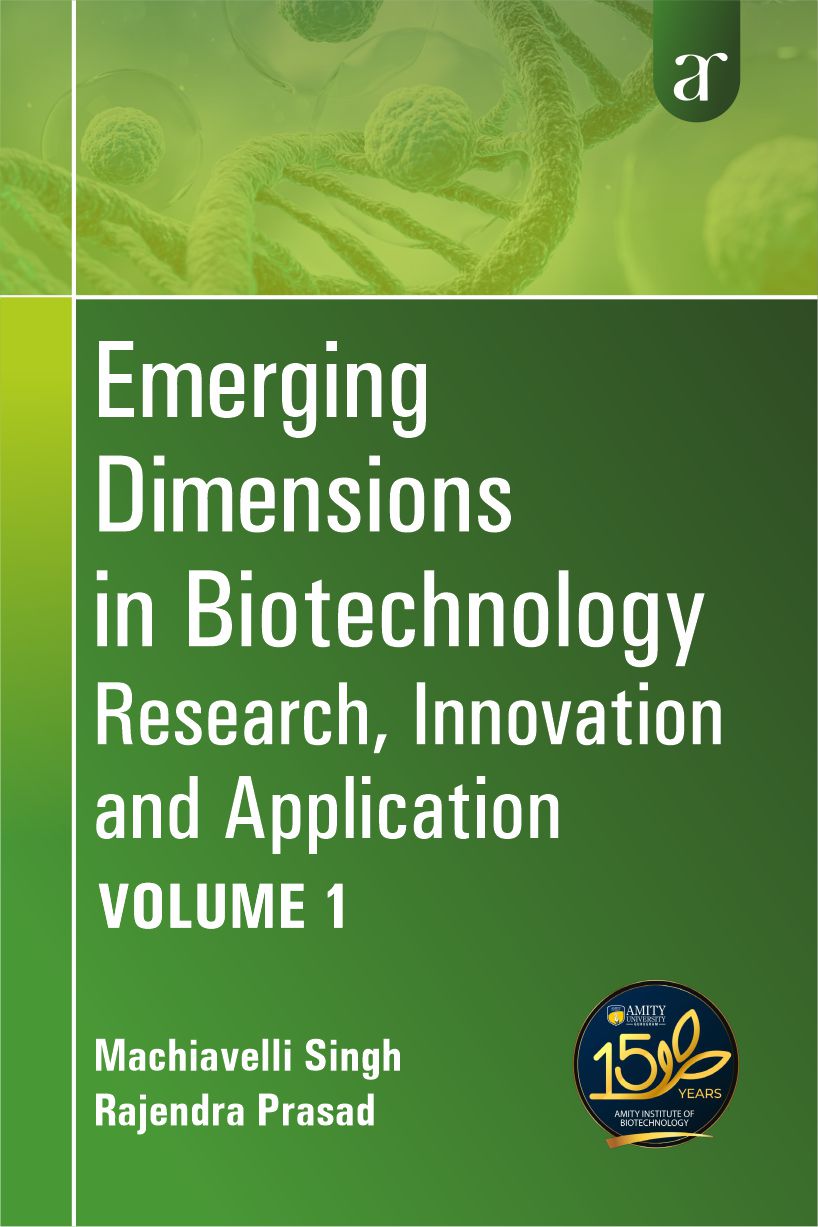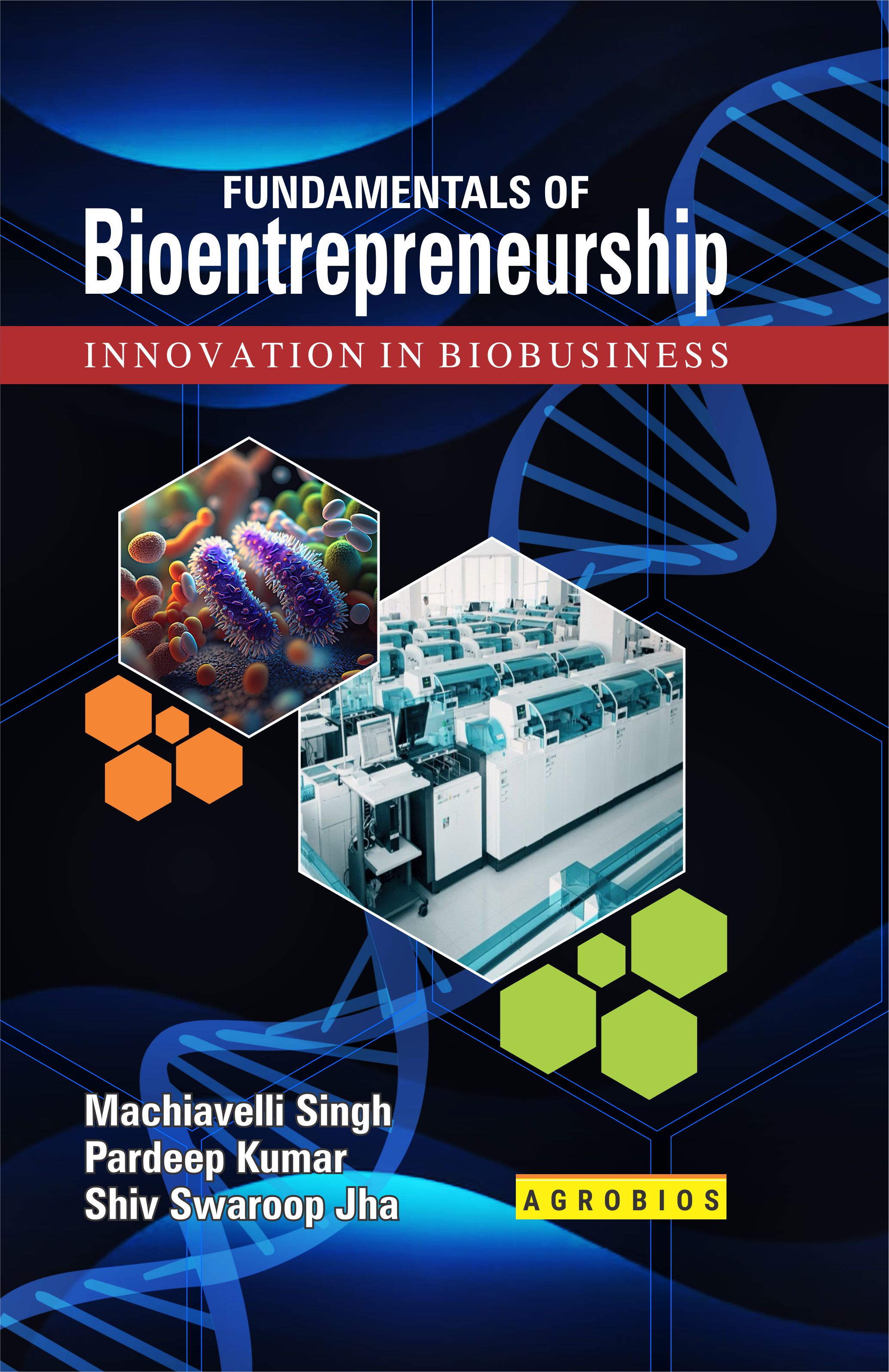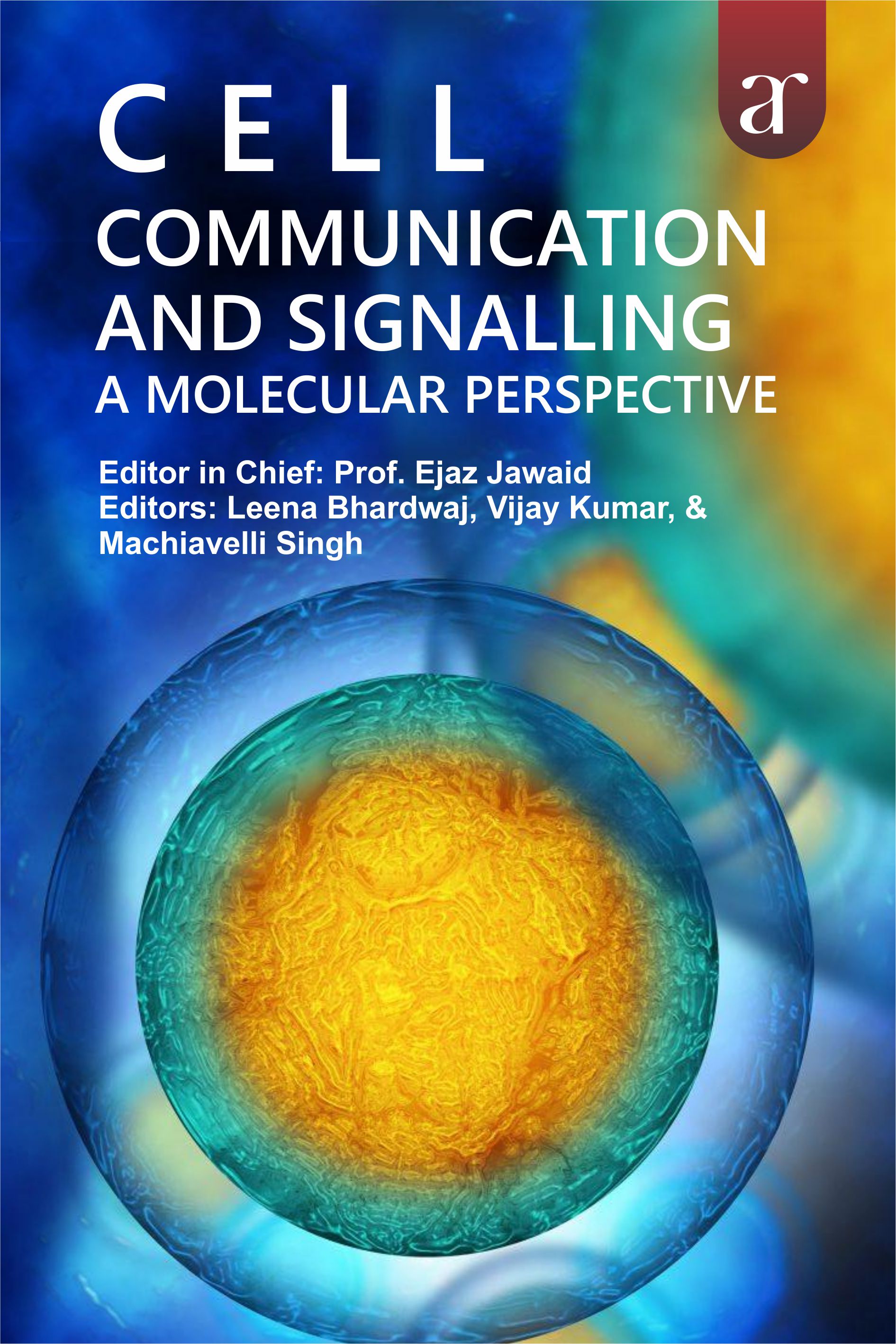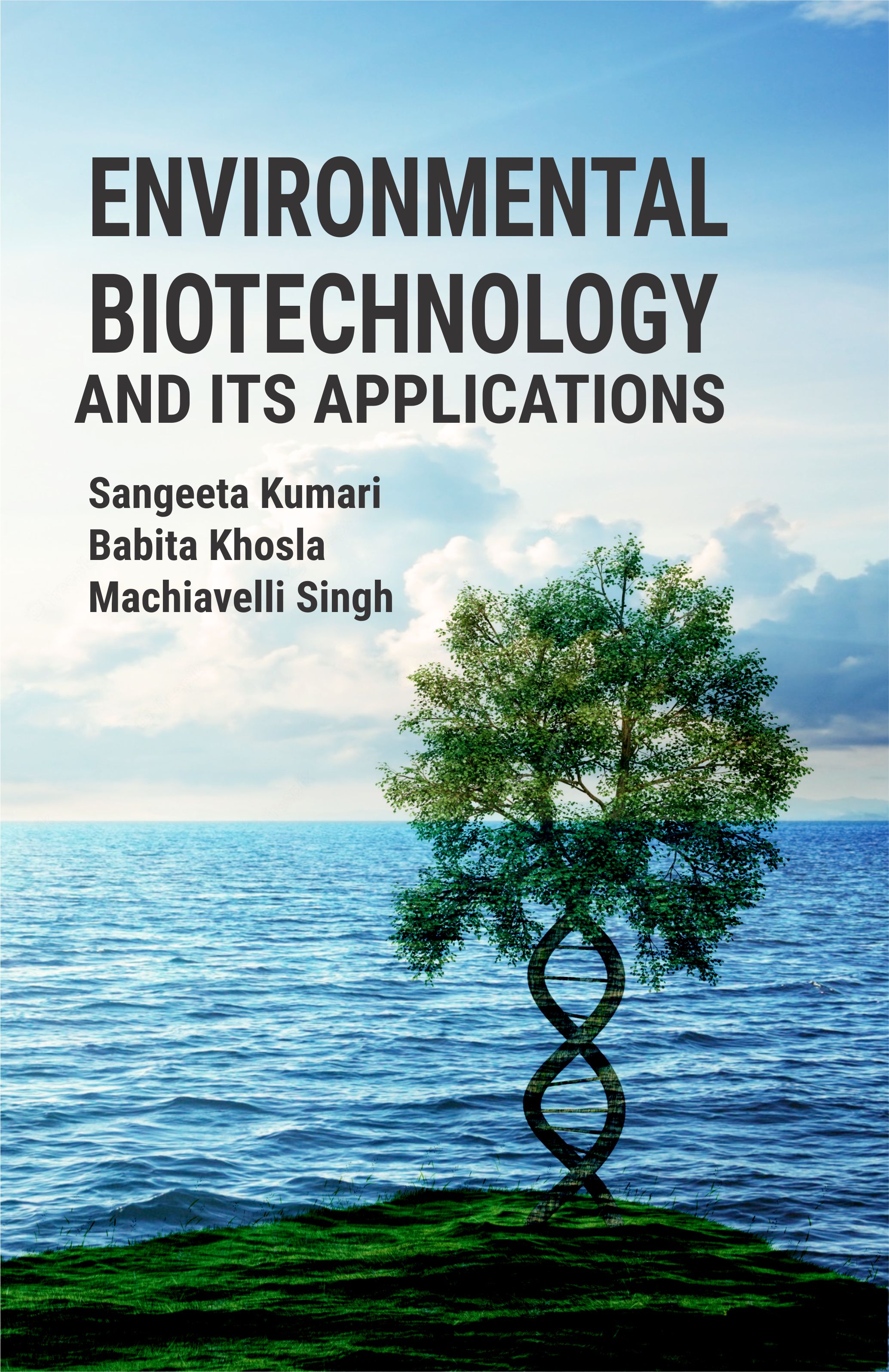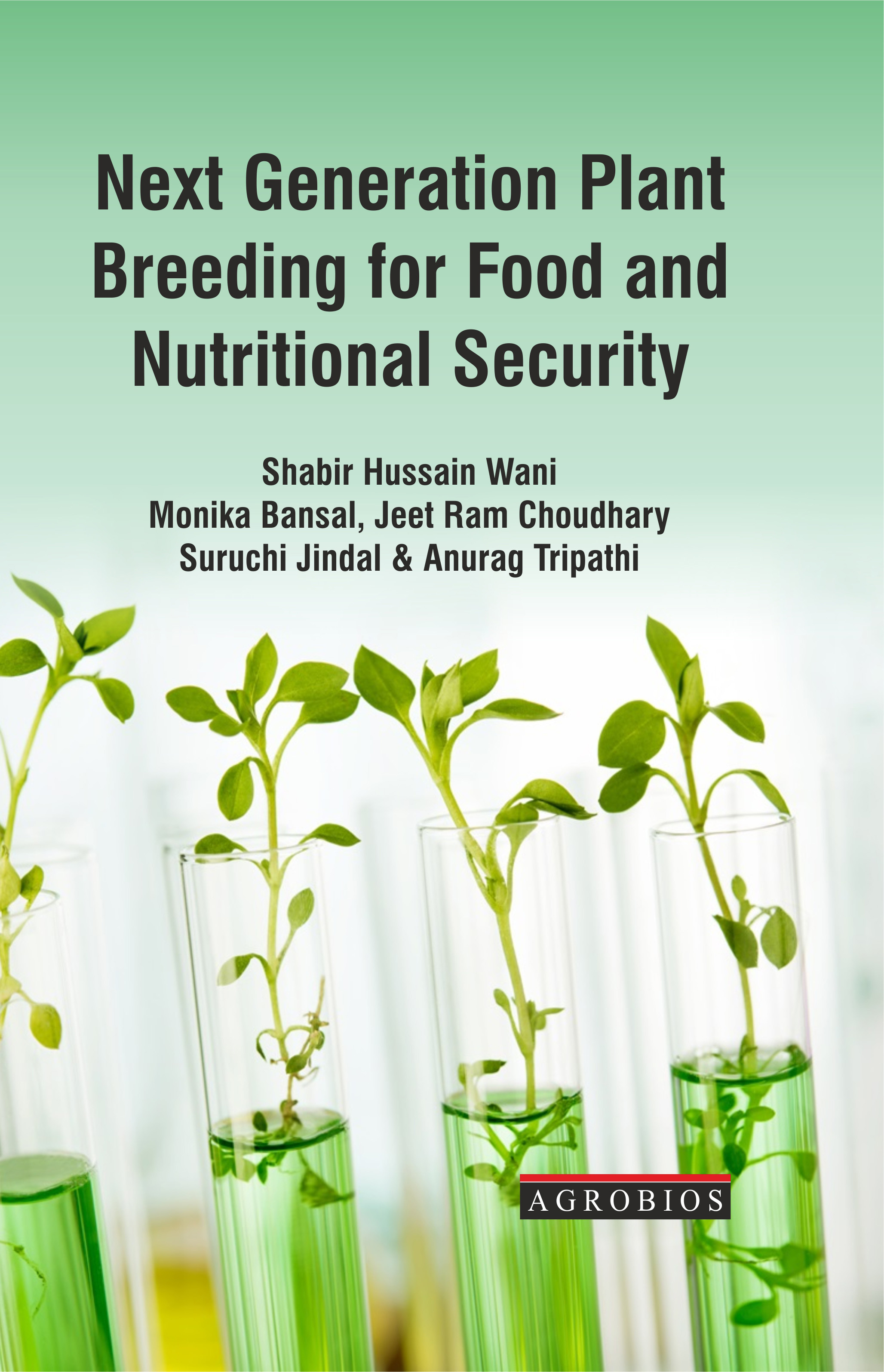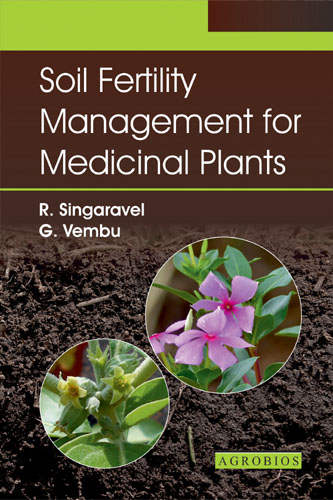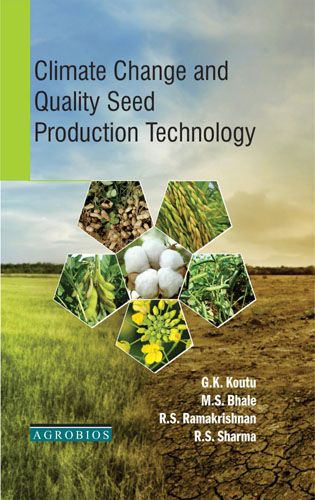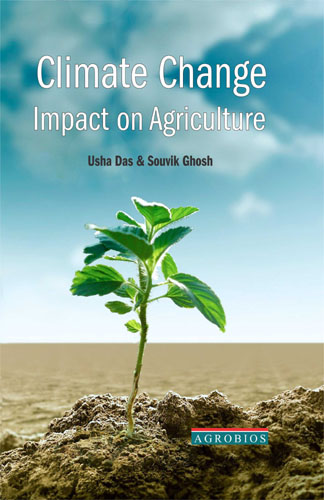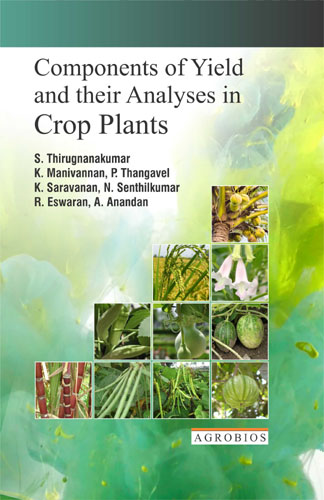Biosensing To Biomanipulation: Microbes, Molecules And Gene Editing
Ebook
ISBN: ABI-408
Chapter: Chapter 1
Chapter No.: 1Contributors:
Microbial Biomanipulation: Gene Editing and Genetic Engineering Tools
Abdulaziz Abdujabar Issa*
Department of Biodiversity Conservation and Ecotourism, Oda Bultum University, P.O. Box, 226, Chiro, Ethiopia
*Corresponding author email: abdul9999@hotmail.co.uk
Abstract
Microbial biomanipulation represents a dynamic and interdisciplinary field with wide-ranging implications for environmental sustainability, agriculture, biotechnology, and healthcare. By harnessing the metabolic capabilities and interactions of microorganisms, researchers and practitioners can address pressing challenges and unlock new opportunities for innovation. The applications of microbial biomanipulation are vast and diverse. In agriculture, we have witnessed how microbial biofertilizers, biopesticides, and plant growth-promoting microbes have revolutionized farming practices, improving soil fertility, crop yields, and sustainability while reducing reliance on chemical inputs. In healthcare, the use of probiotics, microbial-based therapeutics, and microbiome modulation has transformed approaches to disease prevention, diagnosis, and treatment, offering promising avenues for personalized medicine and enhancing overall well-being. Furthermore, microbial biomanipulation has played a pivotal role in environmental remediation efforts, from bioremediation of oil spills and contaminated sites to the removal of heavy metals and organic pollutants from soil, water, and air. Genetic engineering tools leverage fundamental principles of molecular biology and genetics to manipulate DNA and modulate gene expression in living organisms. These tools encompass a wide range of techniques, from recombinant DNA technology and gene cloning to PCR and gene editing. The versatility, precision, and efficiency of CRISPR-based technologies continue to drive innovation across diverse fields, from basic research to clinical translation and beyond. Ethical, safety, and regulatory considerations are essential components of microbial biomanipulation research and application. By prioritizing ethical principles, ensuring safety standards, and establishing robust regulatory frameworks, scientists and policymakers can navigate the complexities of microbial biomanipulation technologies responsibly, maximizing their benefits while minimizing potential risks and ethical concerns. The future of microbial biomanipulation holds boundless potential to revolutionize science, technology, and society. By embracing precision genome editing, synthetic biology, microbiome engineering, environmental applications, and ethical governance, we can unlock new frontiers in microbial biomanipulation and harness the power of microorganisms to address global challenges and improve the quality of life for present and future generations
Keywords: Microbial, biomanipulation, gene editing, CRISPR, gene engineering, technology
List of All Chapters
1 - Chapter 1...
2 - Chapter 2...
3 - Chapter 3...
4 - Chapter 4...
5 - Chapter 5...
6 - Chapter 6...
7 - Chapter 7...
8 - Chapter 8...
9 - Chapter 9...
10 - Chapter 10...
11 - Chapter 11...
12 - Chapter 12...
13 - Chapter 13...
14 - Chapter 14...
15 - Chapter 15...
16 - Chapter 16...
Book Details
Biosensing To Biomanipulation: Microbes, Molecules And Gene Editing NEW
REFERENCE BOOK
216
0
0
AMERICAN ROYAL (6X9)
0 Gms
All Right Reserved
M/s AGROBIOS RESEARCH
PG STUDENTS | SCIENTISTS AND RESEARCHERS |
Biotechnology , Microbiology , Crop Physiology , Plant Breeding And Genetics , Molecular Biology ,




